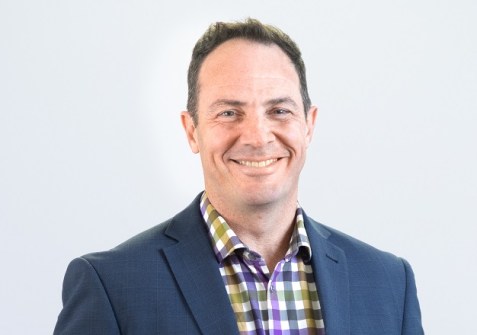
In our annual Leaders Forum, we ask the experts to look ahead into 2024. Today we talk skills with Lee Hellen.
Lee Hellen founded Kurloo Technology in 2022, driven by a deep-rooted passion for the surveying sector and small business. With more than 25 years of consulting experience, Lee is highly regarded for his contributions as an innovator and business leader.
Spatial Source: Workforce supply issues have dominated discussion in recent years. Do you think enough is being done?
Lee Hellen: Managing today’s workforce presents a multifaceted challenge, involving the coordination of many parts of education and skills, adapting to educational shifts and navigating technological changes. While there are individuals striving to enact change, their efforts are often limited to addressing surface-level problems rather than tackling the underlying issues and long-term change. The key lies in collaboration — a unified effort involving government, academia, and the private sector working to build the capacity and capability of the workforce. This collaboration should focus on proactive leadership from these sectors, rather than reacting when it is too late.
Presently, initiatives aimed at spearheading surveying or spatial agendas and emphasising the industry’s role in community development, lack broader engagement and investment. The primary challenge is acknowledging and valuing the expertise held by surveyors and spatial professionals. To navigate this challenge, there’s an urgent need to recognise and update skills to demonstrate their importance to digital transformation of the broader economic landscape.
What’s notably absent is a collective investment in a well-maintained comprehensive national strategy addressing the geospatial industry. Only broader investment, not only government systems, but also spatial academic institutions and private sector spatial capability, will see the greatest benefit for geospatial enablement of Australia’s economy.
SS: What other challenges are facing the sector, and what are the solutions?
LH: The shift towards digitalisation has revolutionised manual tasks, creating a pressing need for adaptability and new frontier skills within the industry. Effectively addressing this multifaceted challenge requires significant internal resources and leadership.
The misconception of software and spatial tech replacing specialised skills in surveying and spatial industries undermines their importance of human capital with skills and knowledge. Technology enhances but doesn’t replace expertise, underscoring the ongoing necessity for specialised skills.
Leadership at a higher echelon becomes crucial, shaping avenues for fresh entrants into the profession and showcasing expertise’s pivotal role in various sectors like engineering, local governance, infrastructure, defence, and mining. The struggle arises when the value of expertise isn’t perceived or is seen as a lesser priority, leading to insufficient investment.
SS: Which technologies or innovations are going to make their mark in 2024?
LH: I believe there will be three key trends in 2024: Earth observation, IoT and positioning, with ongoing emphasis on truth-based capture on calibration and validation of automated or remotely sensed measurement methods. The overreliance on software algorithms to shape big spatial data outcomes poses a significant yet overlooked issue. Vital human-learned skills and knowledge are still required not just for executing these algorithms but also for critically assessing and truthing their accuracy for a specific purpose.
SS: What’s on your wish list for 2024?
LH: In 2024, my primary aspiration revolves around supporting an updated, unified and forward-thinking 10-year plan for the surveying and spatial industry, akin to the impactful 2026 Agenda previously set by the Frontier SI and SIBA/GITA, and now the Geospatial Council of Australia. I envision the establishment of a comprehensive ‘2032 Agenda’ specifically tailored for the surveying and spatial information sector, aimed at fostering unity and collaborative efforts. Despite initiatives like Cadastre 2034 and the 2026 agenda, there’s a crucial need to bring these endeavours together with cross-industry collaboration. This isn’t a competitive landscape; working collectively is essential for the industry’s overall advancement and success.
SS: What are your company’s plans or priorities for 2024?
LH: In 2024, our primary focus is expanding Kurloo footprints throughout Australia and NZ while actively pursuing global export opportunities. Our goal is to enhance our product’s appeal across diverse sectors like scientific, infrastructure, and mining, fostering broader engagement though the power of IoT and positioning.







